It sounds as though all you want to do is to change the song. But they aren't designed for this and it would be either (1) impossible; or, (2) requires expensive tools and skills.
- It's possible that the memory for the song is, itself, part of the IC mask and it is completely impossible to change it. If so, they would have to do separate masks for different songs. This isn't all that likely. But whether or not this is done will depend on business issues we are unlikely to work out here. If it happened that way, you can't change it.
- It's possible the IC uses fusible link memory (been around for decades.) This is, in effect, one-time programmable memory. This means there is only one (blank) chip and that they can program different songs. But only once. When it has been programmed, you can't change it.
- It's possible that the IC uses flash or some other re-writable memory. It's more expensive than one-time programmable ICs. If it happened this way, then you could re-program it. But you have a very expensive problem. You'd need to remove the epoxy covering and you'd need either a wire-bonder or else wafer test probes and associated skills. Again, this is very unlikely to happen and it is uneconomic for you, regardless.
That exhausts the possibilities. And.. well, you can't do it. It's either impossible or it requires tools and skills you can't afford and don't have. (You couldn't have asked the question, if you had them.) Bottom line: NO.
That said, you still can do it on your own. You don't have to buy an Arduino to do it. You can get a microcontroller IC for about a dollar that probably has enough memory available to record a small snip of a song equivalent to what you heard in the card. You'd need some programming tools (not expensive) and you'd need to find and/or develop code of your own (skills, time.)
But as always, with enough time, money, and skills, nearly anything can be done.
You may be able to find a product on the market that makes this easier. If so, just google for it. (I'm not going to do that.) It's possible that someone is making a toolset to put this kind of ability into the hands of artists. So search around for it. Or perhaps someone has a nice DIY page on the idea?
Aside from that, you can always just buy one of those dirt cheap MP3 players. They come very, very cheaply these days and can be about the size of a postage stamp. You download all the songs you want, too. Audacity+Lame is free software that can help you make your own, too, if you have a microphone.
If you were serious about making it exactly the same size as the blob on that card, and assuming you can't reach the FAB brokering price point where you design your own IC and buy a wafer as part of a brokered FAB process somewhere, you will need to contact the microcontroller vendors and ask for a waffle pack of dice. Some will sell them to you (they sold them to me and I'm just a dumb hobbyist.) You might need to convince them you won't static-zap them on accident and then blame them for shipping you "bad parts." And you most certainly will need access to a wire bonder and the skills to use one. (Or else those wafer test probes and associated equipment for them.) But you could get there in small qtys (I was making 100's at a time borrowing a wire bonder from a local company with someone to help train me, too.)
But seriously. Give up on the idea of re-programming a song into that card or of making something just as small. Unless you have the desire, the money, and time to learn lots of new skills.
